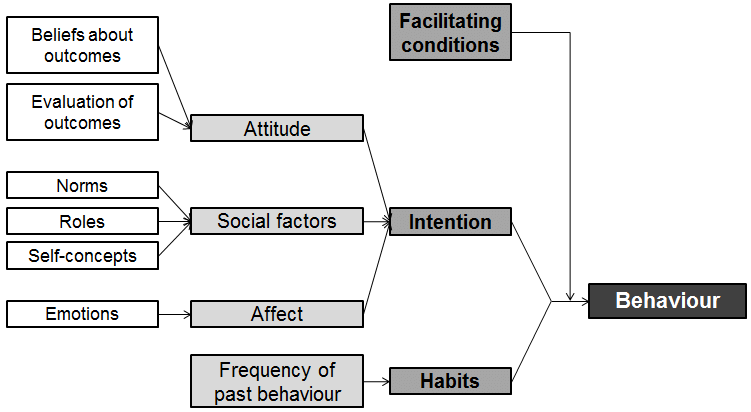Ink stamps and clean hands, Chile
In this chapter we saw how following an end-to-end process of practically applying nudge theory in a real-world context brings together concepts and principles discussed in previous chapters.
Diagnosing the Problem
Applying principles such as diagnosing the problem with a behavioural audit and, in this case, desk research, revealed habits play a large role in hand washing behaviour and Jez applied Triandis' Theory of Interpersonal Behaviour, which explains complex behaviour as a result of social and environmental factors.

Finally, run an experiment to measure the outcome. In this case, it wasn’t hand washing, CCTV footage or employee feedback that would be the ultimate test of whether the experiment had worked. It was the reduction in bacteria. To avoid the Hawthorne effect (where study participants behave differently if they know they are being watched) it was important to establish measure the outcome in already applied processes (such as the swabs of workers hands).
Whilst the outcome may be successful in the short term, it's important to follow up after the intervention to determine whether the change has been sustained - in this case a 63% reduction in bacteria.

